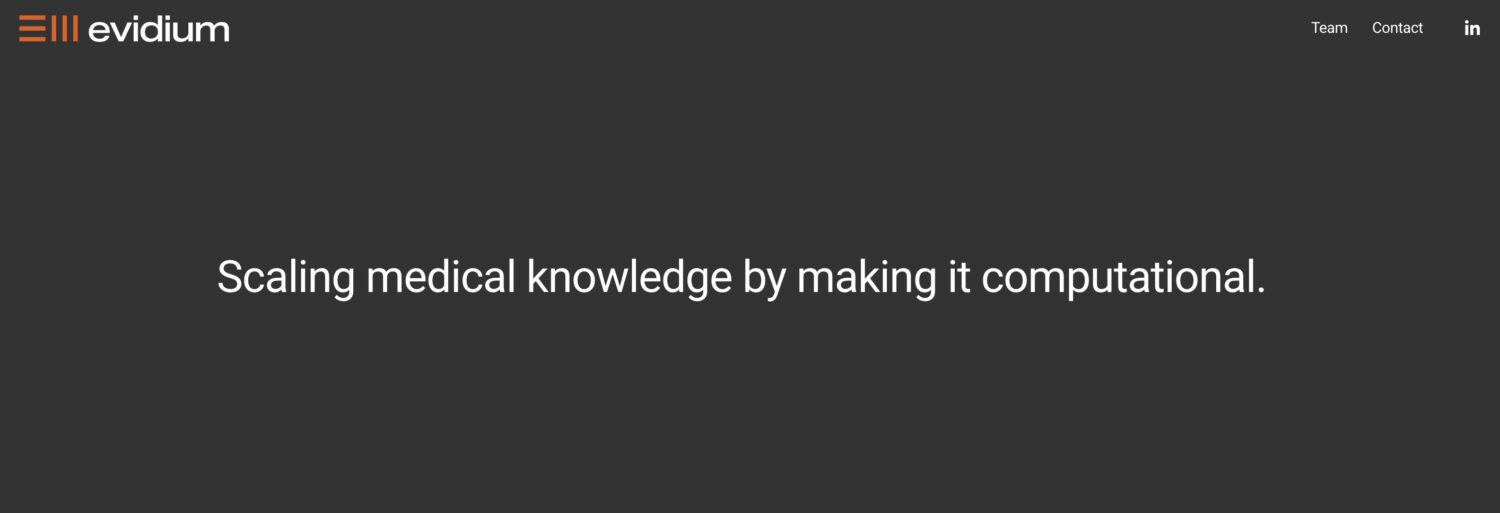HIT Consultant – Read More

When healthcare organizations undertake system transitions, whether migrating to a new EHR, consolidating platforms through M&A, or onboarding new providers through collaborative systems like EPIC Community Connect, the focus is often on what’s ahead. New systems. Streamlined operations. Integrated care. But what’s left behind matters just as much.
Legacy data has long been seen as a liability, whether it be a cost center, a compliance risk, an operational hurdle– or all the above. Yet with the right approach, it can become something much more strategic. It can be used as a tool for strengthening compliance, enhancing patient experience, and supporting better long-term decision-making. The challenge lies in how health systems choose to manage it.
Legacy Systems Are Inevitable. So Is the Data They Hold.
Most health systems today operate within a constantly shifting application environment. They’re onboarding new practices, decommissioning legacy systems, and adapting to changes in technology and regulation. That means legacy data is a constant part of the equation. Ignoring it or treating it as an afterthought can create real risk. But here’s the good news: organizations that build a proactive strategy around legacy data are discovering new ways to extract value from what was once considered technical debt.
A Strategic Approach Starts with Understanding What You Have
You can’t turn legacy data into an asset unless you know where it lives, who owns it, and what obligations are tied to it. That means starting with a thorough review of all application and vendor contracts, paying close attention to termination clauses and any conditions around data extraction. It’s also important to track data acquisition timelines as many vendors impose delays or require proprietary extract processes that can complicate transitions or add unexpected costs.
Finally, documenting rationalization decisions is key to understanding which systems can be safely archived, which need to remain live, and what level of access will be required once the transition is complete. Without this foundational clarity, it’s nearly impossible to make informed, cost-effective decisions about legacy data management.
Unfortunately, this information is often fragmented – or worse, undocumented. That’s why we’re seeing more organizations invest in application inventory management tools. These platforms centralize everything from contract terms to archival status, giving teams a long-term reference point that improves both compliance and operational efficiency.
Retention Isn’t Just About Risk. It’s About Readiness.
A common misstep which often occurs is underdeveloped data retention policies. Many health systems either lack formal retention rules or fail to enforce them consistently. That creates unnecessary storage costs and opens the door to compliance issues. But beyond risk, retention policies are a powerful strategic tool. They guide smarter decisions about what data truly needs to be archived, how that data is structured and accessed, and where data can be purged or pruned safely. Not all systems require a full archive. In many cases, a document-only archive or limited dataset meets compliance needs. When defined clearly, retention policies help organizations balance cost, compliance, and usability, therefore making legacy data easier to manage and more valuable long term.
The Patient Experience Counts, Too
Increasingly, patients expect access to their full medical history, even if parts of it predate the current EHR or fall outside retention minimums. Some health systems are choosing to maintain access to older data not because they must, but because it helps patients better understand and manage their care. Consider this: when patients fill out intake forms or share medical history with their providers, they often can’t recall the exact date of a past procedure or the full diagnosis details. If that information lives in a decommissioned system with no archive access, the care team misses an opportunity to connect the dots. In this context, legacy data becomes more than a compliance box to check,it becomes part of the patient journey.
One Size Doesn’t Fit All, But Standardization Still Matters
No two acquisitions or transitions are exactly the same. Different systems. Different specialties. Different timelines. But that doesn’t mean each onboarding process needs to be built from scratch. The most successful organizations are building repeatable frameworks for handling legacy data – frameworks that balance flexibility with structure. These include standard playbooks for onboarding new practices or retiring old systems, pre-vetted partners who can support multiple archive types (clinical, financial, ERP, administrative) as well as defined workflows for data access, retention, and policy alignment. By making legacy data strategy part of the broader transformation roadmap, CIOs and IT leaders ensure it’s not an afterthought but a contributor to long-term success.
Legacy Data as a Long-Term Asset
System transitions are expensive and disruptive. However, they’re also opportunities to set a new standard. That includes how legacy data is managed, accessed, and aligned with the organization’s goals. By rethinking legacy data as a strategic asset, not just a burden to offload, health systems can reduce compliance risk, improve patient access, and enable smoother operations during periods of change. It’s not easy work. But with the right tools, policies, and partners, legacy data can be part of what powers your future. Not what holds it back.
About Dave Lamar
Dave Lamar is Chief Growth Officer of MediQuant, a leading provider of enterprise data archive technology for the healthcare industry.





